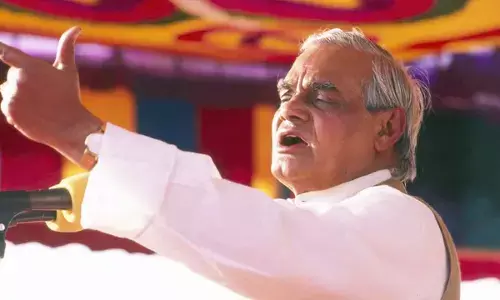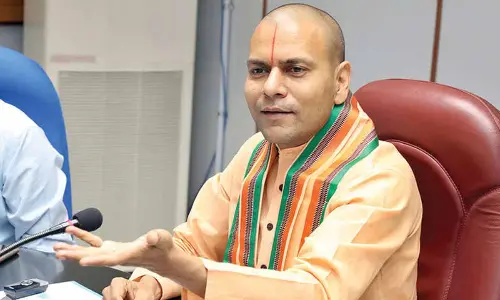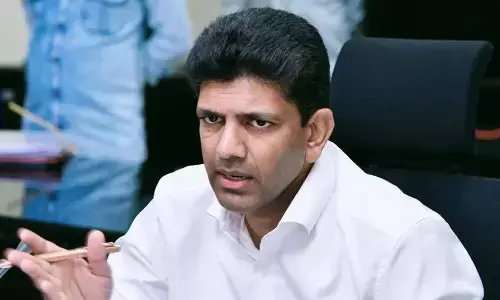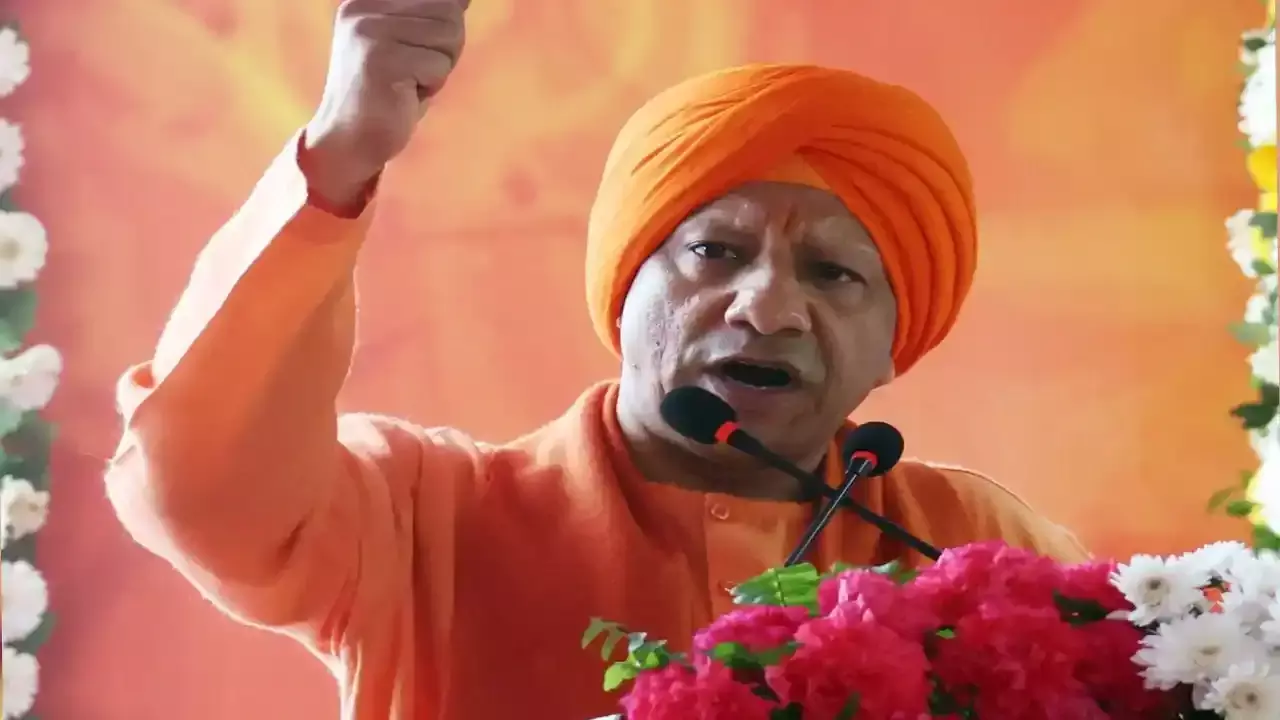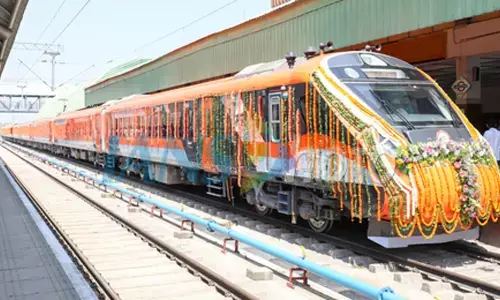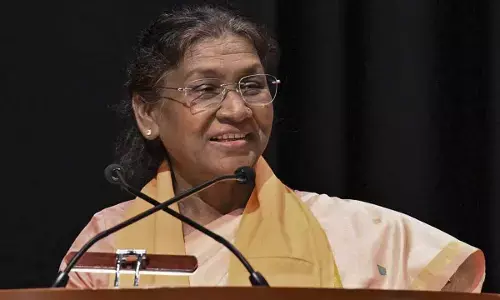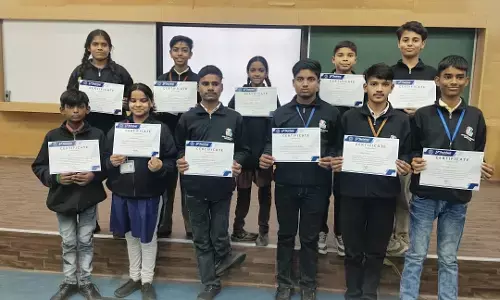Revealing the missing links
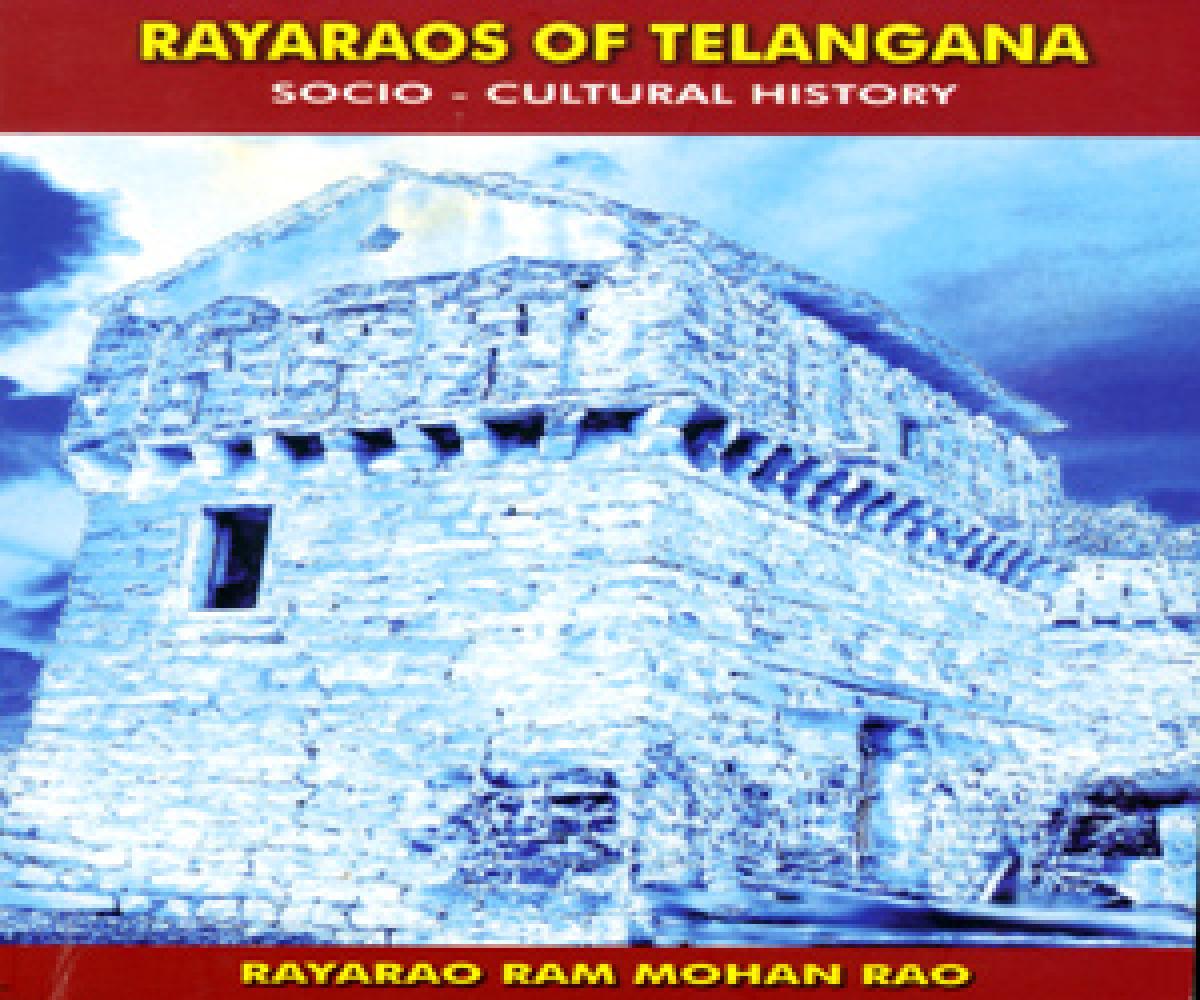
If we look at history with a dispassionate and questing mind, the past willingly unfolds its secrets to us. Such an inquisitive study enlightens not only the readers but the historian also. It was this “Aha” feeling that gripped Rayarao Ram Mohan Rao when he set out to write his own family history- ‘Rayaraos of Telangana: Socio- Cultural History’.
If we look at history with a dispassionate and questing mind, the past willingly unfolds its secrets to us. Such an inquisitive study enlightens not only the readers but the historian also. It was this “Aha” feeling that gripped Rayarao Ram Mohan Rao when he set out to write his own family history- ‘Rayaraos of Telangana: Socio- Cultural History’.
“Albeit I set out to write this book with a mindset of educating my readers, it has pirouetted out to be a process of self education for me,” he declares in the Preface. He narrates the migrations and circulation of elite prompted by changing fortunes of various kingdoms in the Deccan.
It was this spirit which spurred Rayaraos to migrate from Maharashtra region seeking greener pastures. They date as far back as to the latter half of the sixteenth century. One Raya Rao was appointed as military commander of Pune region by Adil Shah of Bijapur dynasty way back in 1630. Rayaraos are Deshastha Brahmins.
The eighth century Sanskrit scholar Bhavabhuti, the 13th century saint Dyaneshwar, Samarth Ramadas and all of the Peshwas during Shivaji and Shambhaji’s reign belong to this sub-caste. At one point of time in Maratha Empire, seven of the eight Asta Pradhans were Deshashas. But with the political power passing into the hands of Konkanastha Brahmins in the post-Shivaji era, Deshasthas were marginalised.
This in turn led them to migrate to other Kingdoms and Sultanates in the country. Some Deshasthas went as far off as Thanjavur and Travancore to offer their political and military services. They came to Golconda kingdom in the year 1570 i.e after the Battle of Tallikota, which led to the downfall of Vijayanagar empire.
It may be recalled that Krishnadevaraya captured Coastal Andhra upto the present-day Srikakulam district. But what happened to this region after the fall of Vijayanagara? What economic and political conditions prevailed there? The answers to these questions at best remain sketchy to this day.
Unless we unravel these threads we will not be able to grasp the undercurrents of the contemporary developments and devise a proper path of action into the future. Thankfully the author Rayarao Ramamohan Rao helps us with the unravelling part.
The historical facts he revealed can be of mighty interest not only to his family members but to those belonging to the Andhra region also. He renders this valuable service by throwing light on a hitherto unexplored part of Andhra history. Rao narrates certain very important events: “Ibrahim Quli Qutb Shah appointed Khasa Raya Rao as Commander of his army and sent him to Kondaveeti Seema, now in Guntur district.
On capturing the Kondaveedu fort in 1579, Rayarao was made the Governor of that region. Some of his political decisions were made independent of the King, especially after the demise of Ibrahim Quli. Khasa Rayarao appointed Brahmins and Kammas as Deshmukhs and Chowdarys in 497 villages.”
Thus, he offers a clue to the political and economic reorganisation post-Vijayanagara empire in a vital part of Andhra region, which now includes the new capital of that State. Thus the ramifications of Rayarao’s restructuring reverberate to this day. How it shaped up the events in Andhra can form the subject-matter for a deeper study.
Coming back to Golconda, the author gives us valuable insights into its history. Notable among them were: Ibrahim Quli who ruled Golconda from 1550 till 1580 AD was a liberal, who treated Muslims and Hindus alike. He even married a Hindu woman when he was in exile at Vijayanagara. Ibrahim Quli established the practice of appointing Hindus especially Deshastha Brahmins to important positions.
Khasa Rayarao and Narsanna Rayarao were two such appointees. According to some accounts Akkanna and Madanna, who served as Prime Ministers during the reign of last Qutb Shahi King were also Deshasthas. The veracity of these accounts can’t be ascertained as of now.
Narsanna Rayarao played an important role in installing Mohammad Quli as the successor to Ibrahim who died in 1580 AD. Narsanna helped elevate Mohammad to the kingship because he was the son of Hindu wife of deceased Ibrahim Qutb Shah.
But Rayaraos’ prominence declined after the onset of Nizam rule. The author recounts the drastic changes affected by Salarjung I in Deshmukh system of political administration and land management. Yet, somehow Rayaraos were able to sustain their hold in rural areas.
Though the latter chapters in the book mostly interest Rayarao family members, they will be of immense value in gaining an understanding into the history and culture of Telangana. And it should spur further research into the origin and development of present day power formations in both Telugu states.
By: AAV Prasad









